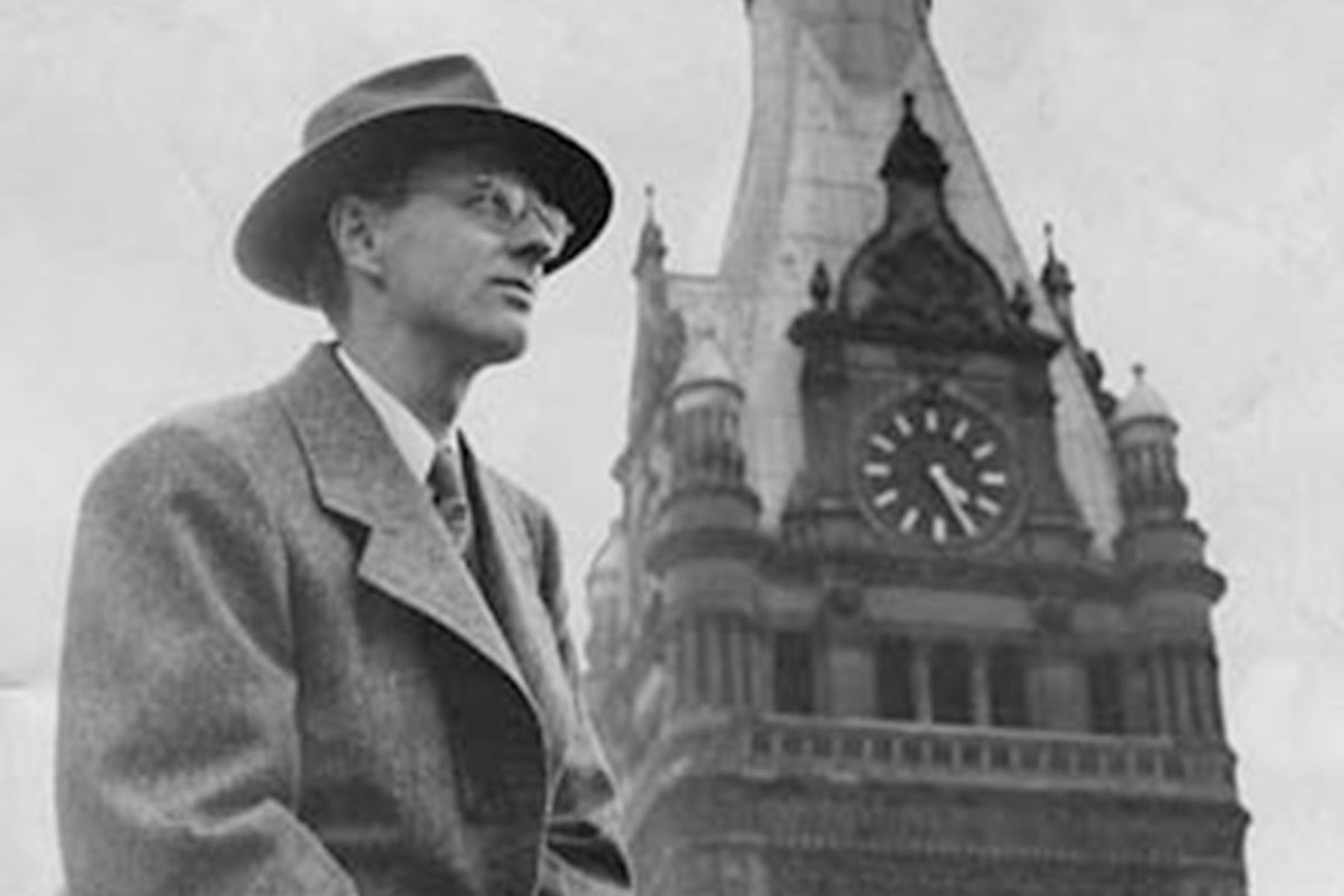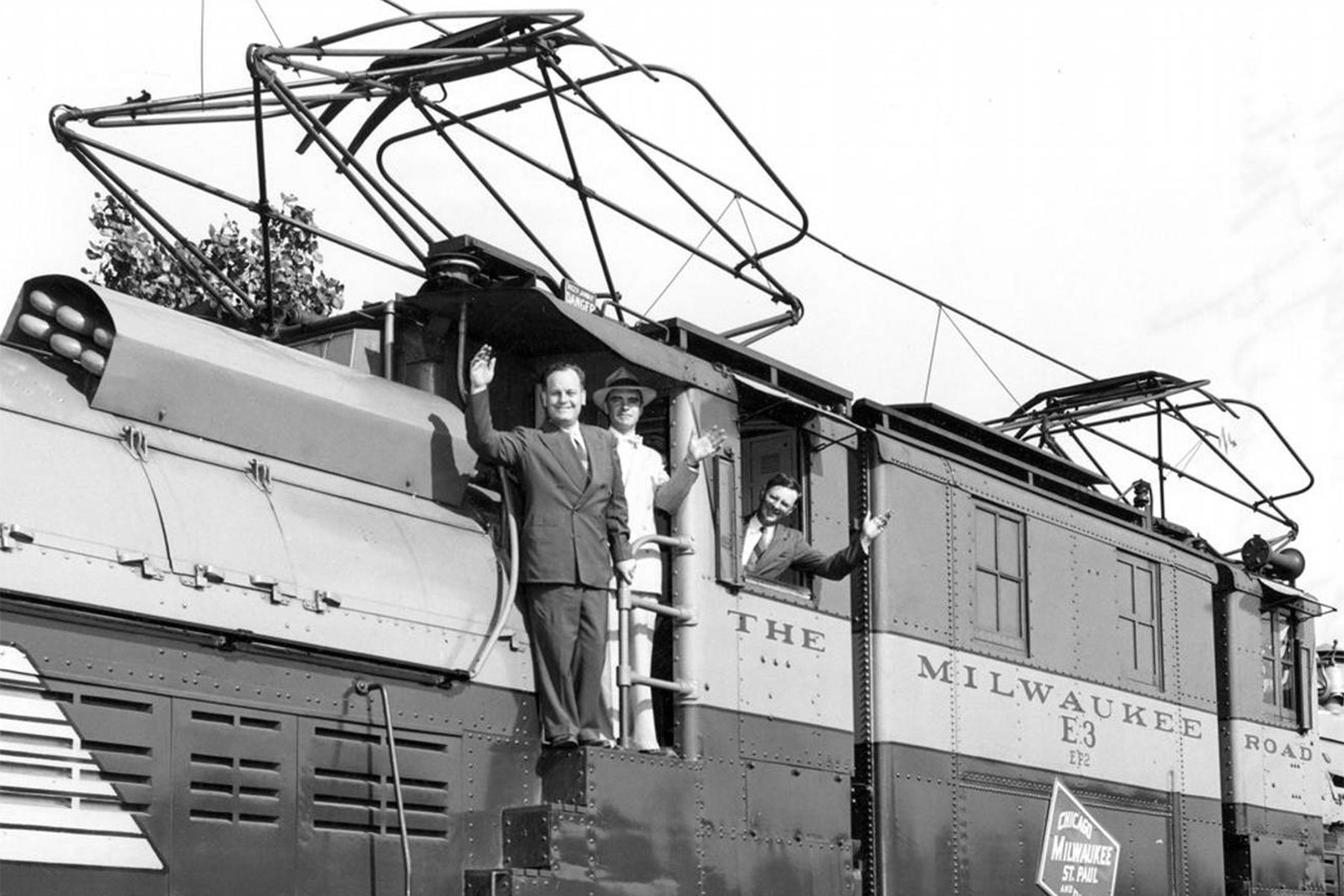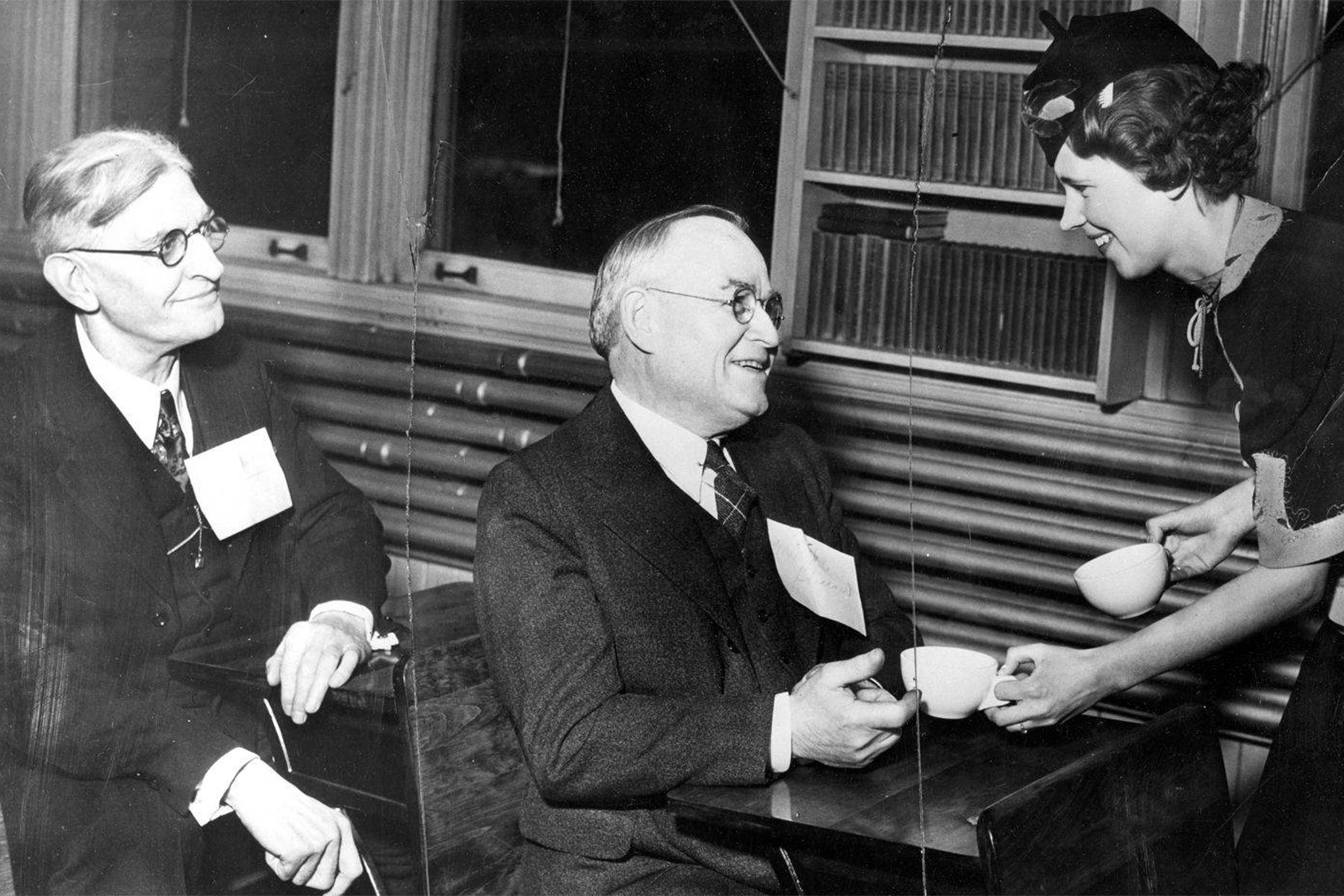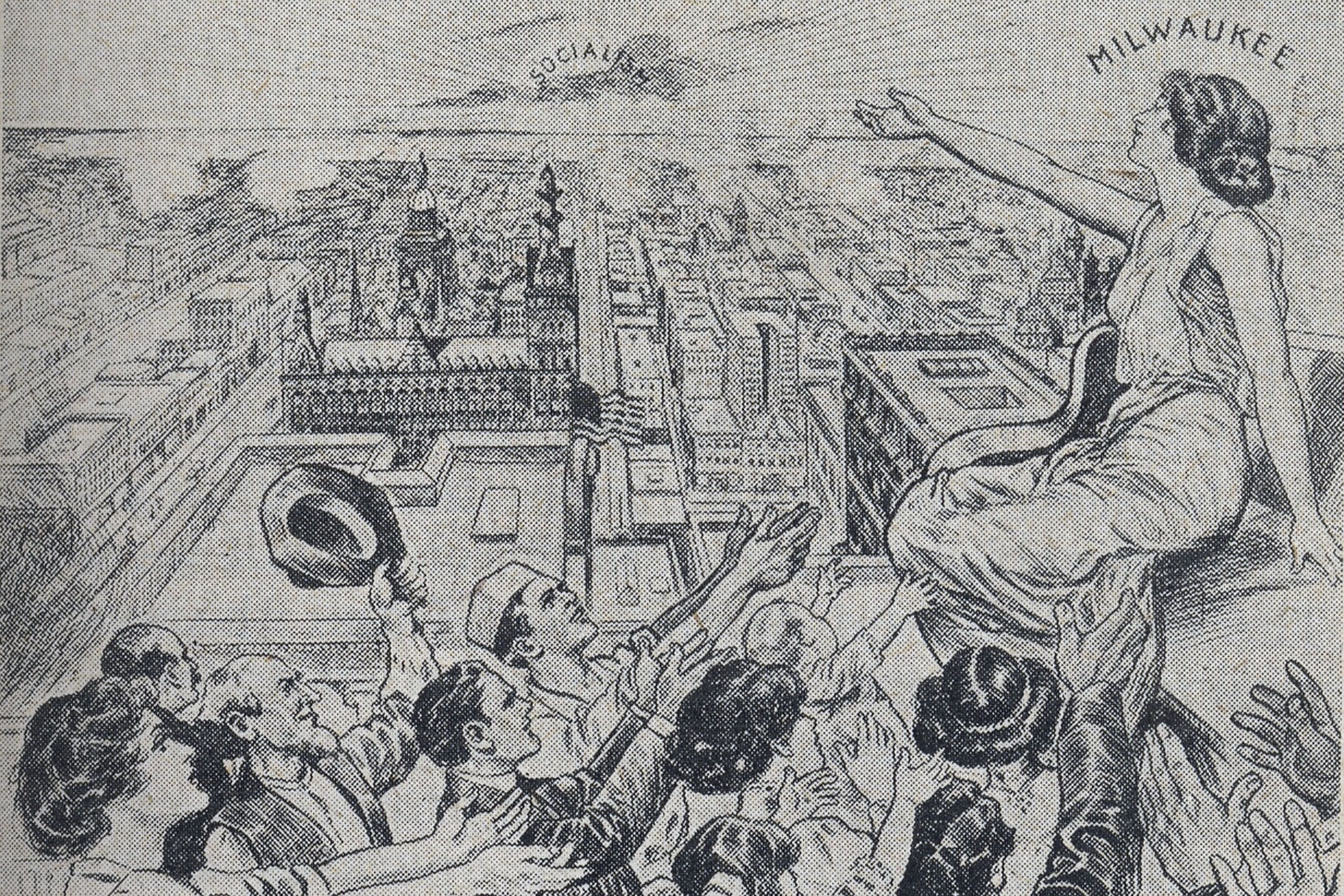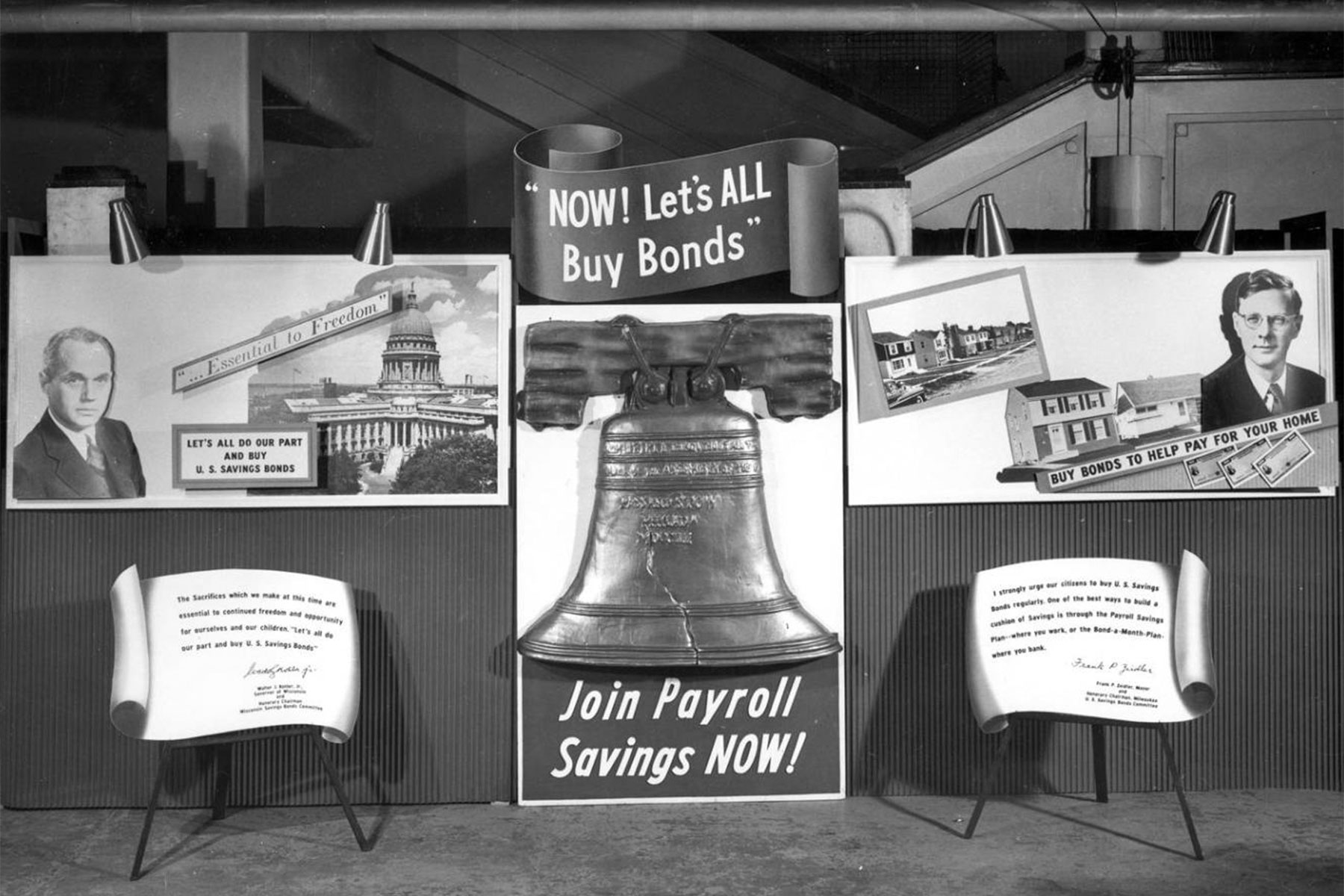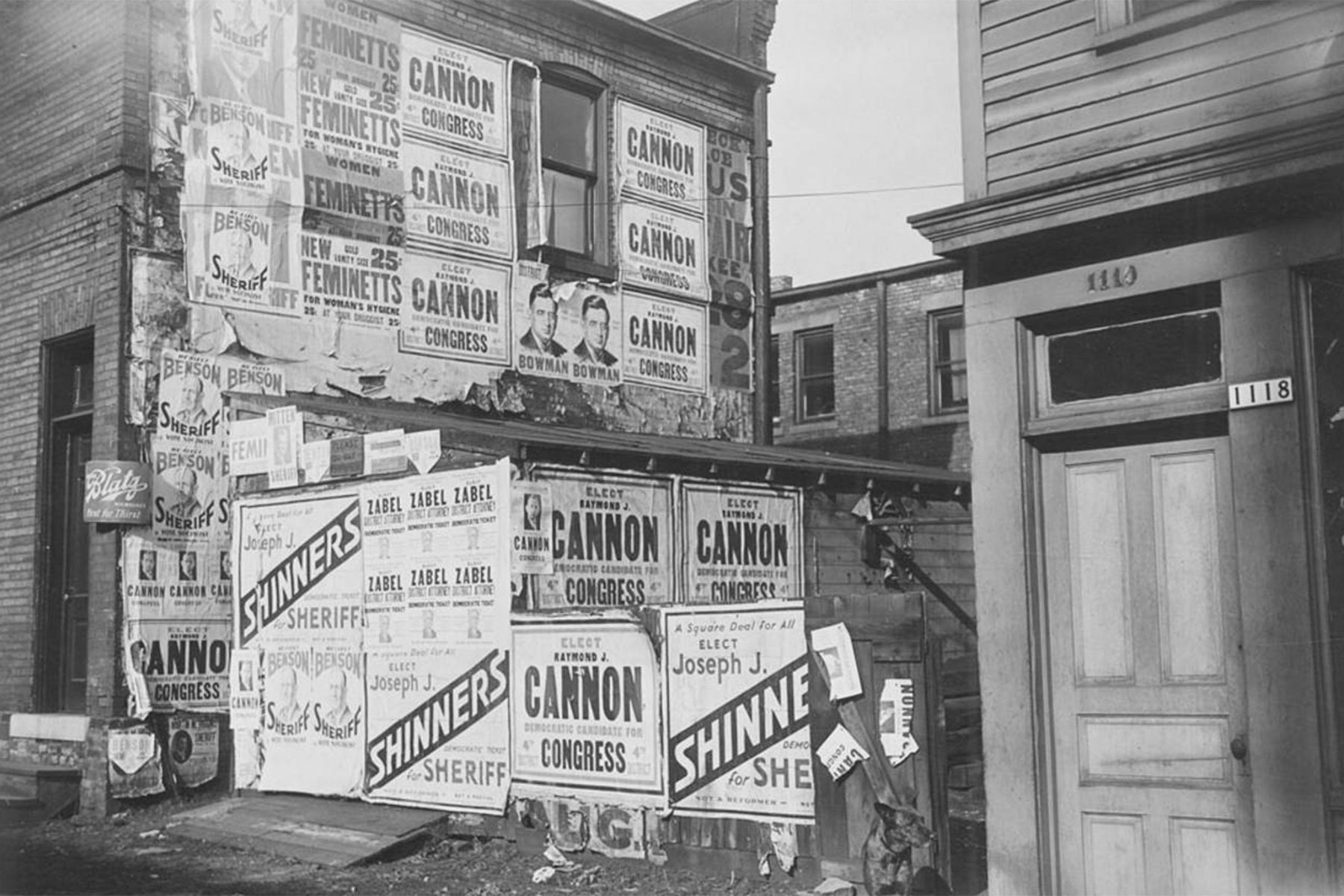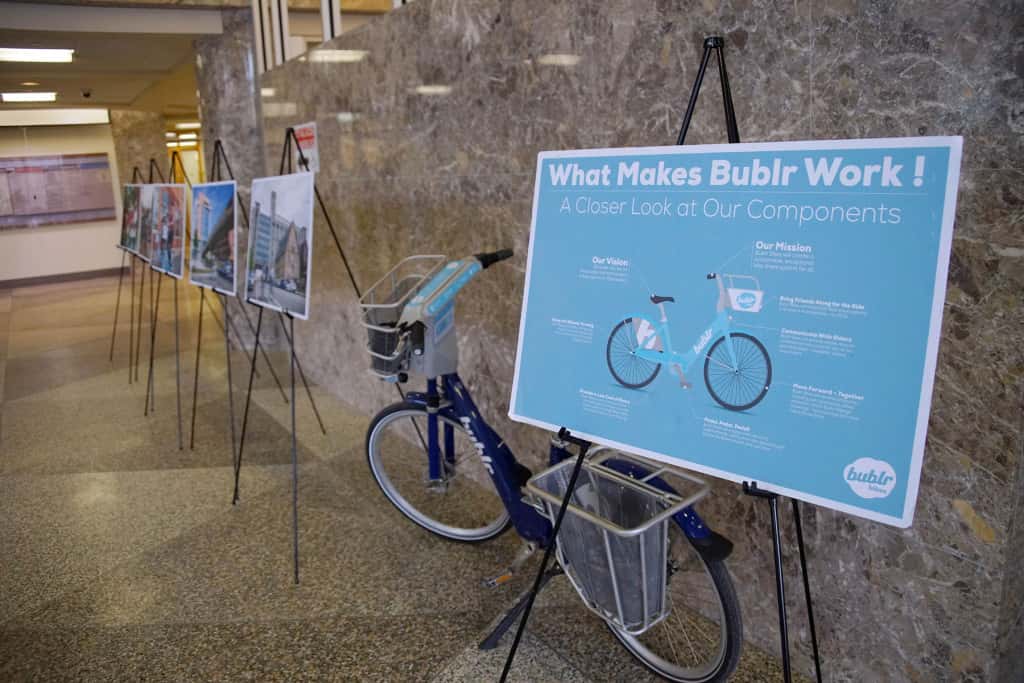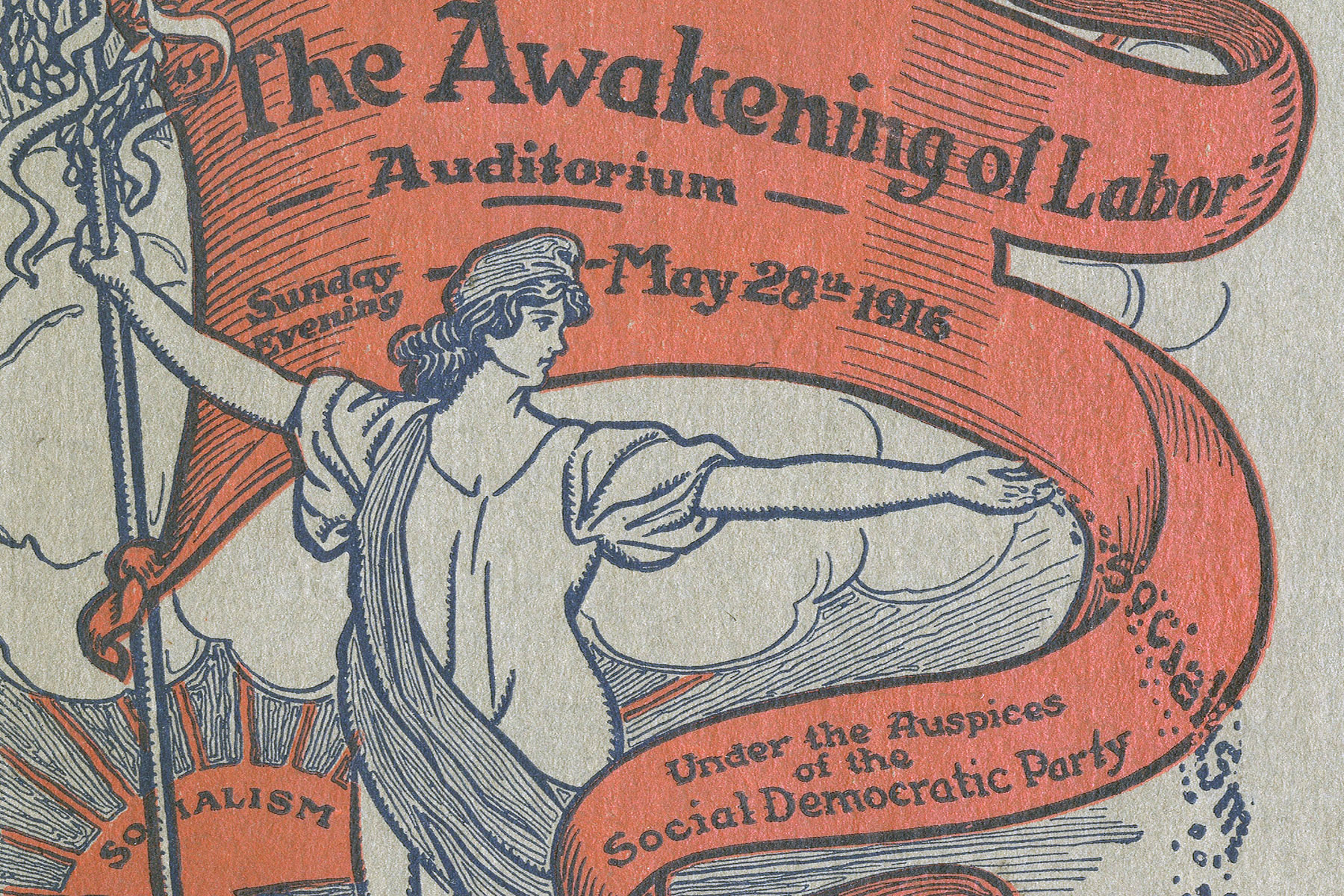
Although Wisconsin is widely remembered as the breeding ground of the Communism witch hunter Joseph McCarthy, many do not know that Milwaukee was the first, and only, major United States city to elect a socialist mayor. Milwaukee did not have just one socialist mayor, the city had three.
Socialism took root in Milwaukee in the mid-19th century with the influx of German immigrants who had participated in the 1848 revolutions of their home country. The idealism and activism of those Germans, combined with political corruption of the day and a large labor force, made the Socialist promises for better work conditions very attractive. That led to the election of the first Socialist Mayor of Milwaukee, Emil Seidel, who held office from 1910 to 1912.
However, Milwaukee was not alone in its support of Socialism. According to Milwaukee historian Dr. Tula Connell, author of Conservative Counterrevolution: Challenging Liberalism in 1950s Milwaukee, the city’s Socialism was part of a nationwide phenomenon.
“Socialism in Milwaukee, in the early twentieth century, was part of local movements nationwide that sought to eradicate economic and political inequality through enhanced worker control at the workplace and government ownership of utilities and other essential services like public transportation,” said Connell. “Milwaukee stood out because it was the largest city governed for so long, four decades, and well past the first decades of the twentieth century by three mayors who identified as Socialists.”
Following Seidel’s election in 1910, Socialist organizers in other cities turned “Milwaukee” into a verb signifying successful socialist reform. A man running for mayor in Oklahoma, for example, spoke of “Milwaukeeizing” Oklahoma City. Milwaukee also became a kind of mecca for Socialists, like Carl Sandburg, for whom Sandburg Hall is named.
Milwaukee’s second Socialist mayor was Daniel Hoan, who governed from 1948-1940, and is probably best remembered for the bridge to Milwaukee’s South side that has his name.
The public has a better memory of the city’s third and most recent Socialist mayor, Frank P. Zeidler, whose legacy remains evident throughout the city. Zeidler was mayor from 1948 to 1960, during the most turbulent phase of the 1950-54 McCarthy Era.
As Milwaukee became a hub for Socialism, many at the time were unaware of how it developed so robustly in the city in the first place. Much of its success was due to early political leaders like Victor Berger, a Milwaukeean who co-founded the official Socialist Party of America in 1901. Berger bridged trade and socialism with his “Milwaukee Idea,” which united trade unions with the socialist political party. He called this a “two-armed labor movement.” Berger believed that “The Milwaukee Idea” was not meant solely for Milwaukee, any other major city could adopt it.
Berger himself become first socialist in the history of the U.S. to become elected to the House of Representatives. After he helped Seidel become elected, Seidel’s administration helped pave the way for the following two Socialist mayors of Milwaukee. Seidel’s administration cleaned up corruption by requiring elected officials to sign undated letters of resignation, so that they could be forced to resign if their actions became corrupt.
Milwaukee’s three socialist mayors decreased the city’s debt and sought to use taxpayer money responsibly. They also fought for free lunches and textbooks for children, and helped found the precursor to the Milwaukee Area Technical College (MATC). Zeidler himself played a key role in founding UW-Milwaukee.
Kevin Abing, head archivist at the Milwaukee County Historical Society, elaborated on the legacy of Milwaukee’s socialist past.
“The socialists were known for having good, honest administration, contrary to the corrupt mayors of the past,” said Abing. “They introduced reform in administration that really stuck and they stressed efficiency, which the city came to expect from their government. There are very visible reminders of our socialist past, like the park system and city planning. They also focused on issues of pollution, congestion, and overcrowding.”
These three mayors shaped the way Milwaukee continues to operate today. They valued recreation and supported the urban sustainability. Socialist Park Commissioner Charles B. Whittnall, for example, built Milwaukee County’s expansive parks system in the 1920s. Public works were also a prime focus, Lincoln Memorial Drive and lakefront development being one of their prime accomplishments.
“The Socialists entering city hall was a key event in Milwaukee’s history,” said Abing. “Who knows when or if these ideas and institutions would have been incorporated without them.”
True to their promise to laborers, the Socialist mayors supported union organizations and advocated for workers’ safety. The Wisconsin Socialists actually created the nation’s first state worker’s compensation system in 1911 and the first unemployment compensation law in 1932.
The Socialists were strong supporters of public housing. Garden Homes, completed in 1923, became the first instance of municipally sponsored public housing the United States. The Socialists also advanced reforms in public health, especially during Seidel’s era, and developed vaccination campaigns and post-natal care.
Even though one of the most prominent female leaders of Milwaukee’s Socialist movement was the wife of Victor Berger, suffragist Meta Schichtling Berger, the political movement was not as progressive towards people of color until the election of Zeidler in 1948.
Frank P. Zeidler made the pursuit of human rights for all people an important part of his administration. His goal of social justice continued, despite fellow Wisconsinite McCarthy’s efforts to stroke fear in the hearts of citizens across the nation.
Since Zeidler stepped down in 1960, Milwaukee has not seen another Socialist mayor. The Socialist party faded away, in part, because the Democratic party incorporated much of their ideals and programs.
But many of the Socialist institutions, especially in parks and recreation, transportation, social welfare, and public works, remain in place today, even if forgotten by the current generation of Milwaukee citizens.
Decades of Socialist governance remains an example for modern political actions. And serves as a reminder of the good that occurred and lives on in spite of the McCarthyism that originated in Wisconsin and threatened to destroy the nation through fear.
© Art
Illustrations courtesy of Milwaukee County Historical Society
© Photo
Images courtesy of Milwaukee Public Library (Historic Photo Collection, F.P. Zeidler Humanities Room)

